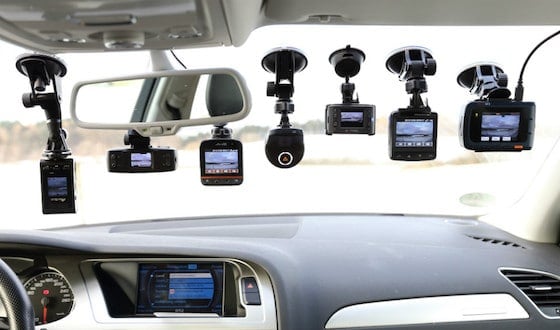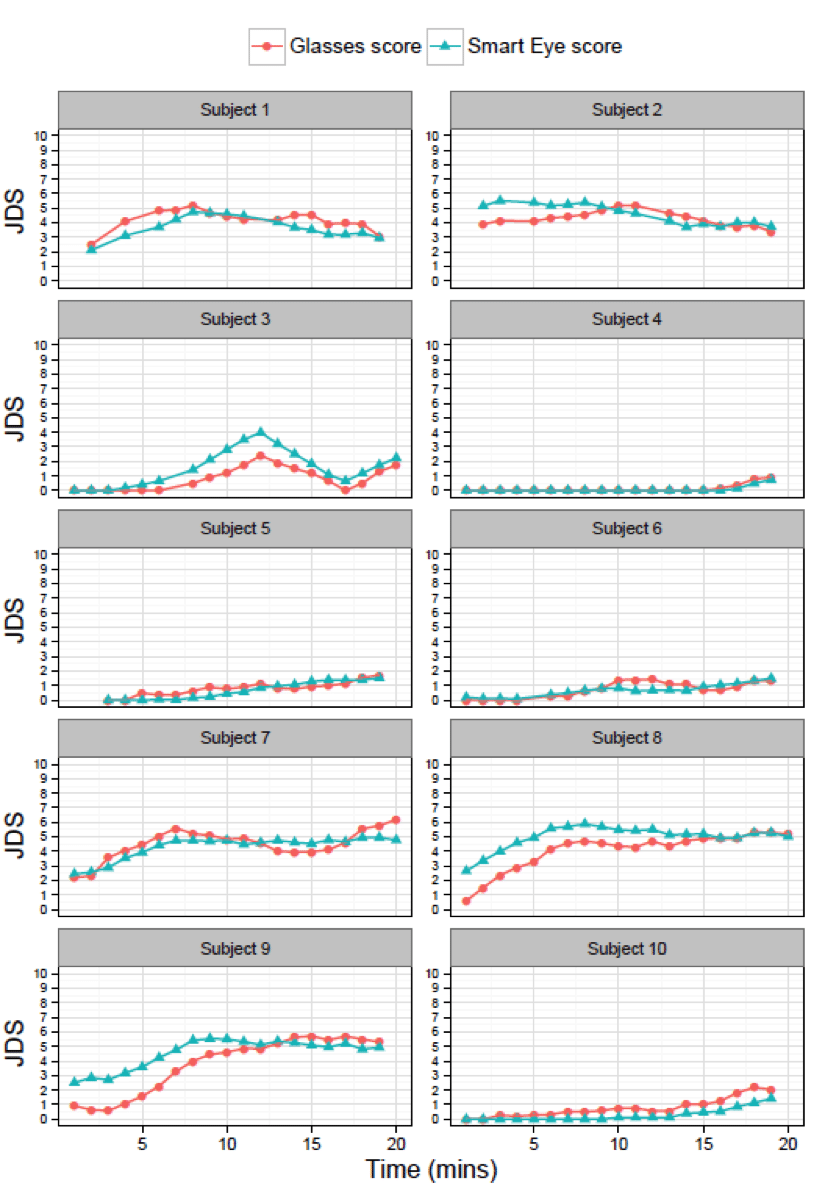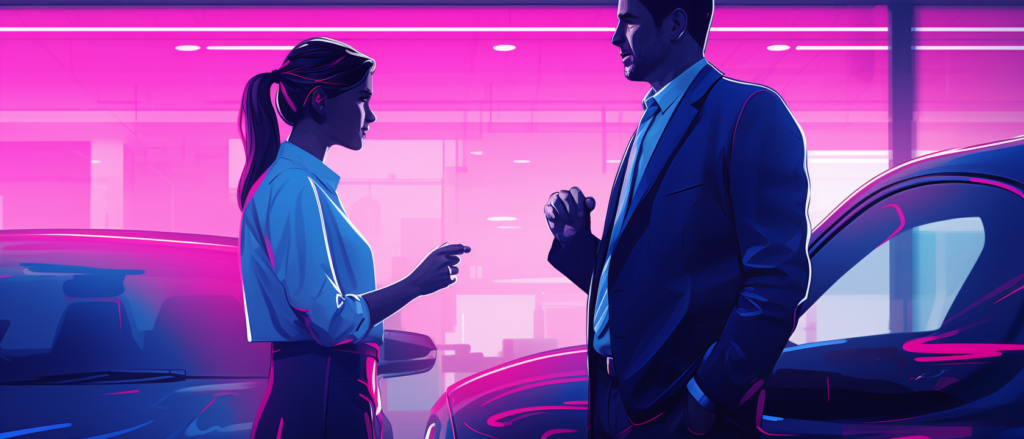Historically, automotive manufacturers have focussed on the performance of the car but recently they have turned their attention to the driver.
At one end, the automotive industry is taking the driver out of the equation as much as possible, and hence the increasing attention focussed on autonomous vehicles. As stated in previous blogs however, this technology is still in its infancy. Even though there are semi-autonomous vehicles now on the road, it will be quite some time before passenger vehicles are allowed to be driving on public roads with no driver interaction.

At the other end of the spectrum automotive companies are placing their focus on driver assistance with safety features including lane departure, parking sensors, and forward collision avoidance systems. To date though, they have not solved the problem of driver drowsiness. With the growing prevalence of cameras in passenger vehicles, Optalert has embarked on a certification program to embed the number one scientifically-validated drowsiness technology into in-vehicle cameras.
Dash cam technology
Dash cam or dashboard camera technology has become quite popular with drivers, especially in some countries where drivers want to protect themselves against ‘fake accident’ extortion scams.
Forward-facing dash cam technology is considered useful when arguing who is at fault when an accident occurs. It can also help identify vehicle number plates and drivers in the case of an accident that hasn’t been reported. But dash cams are not always legal.
Some countries in Europe have either outlawed their use, or have made some strict provisions on when and how the footage can be used. It is illegal to post footage to social media sites from dash cams in Germany, but they will allow parties to present footage as evidence in court proceedings in exceptional circumstances.
Facing the camera at the driver
Transportation companies have been making a move recently toward the installation of forward-facing and driver-facing video cameras into a truck’s cabin, but there has been significant driver backlash.
Drivers state it is an invasion of privacy and are fighting against it. So far though, a number of companies, like large US-based trucking company Swift Transportation, have gone ahead with the installation to fight the financial costs of accidents and injuries.
It’s important to note Swift Transportation anticipated driver backlash and put in place a number of countermeasures to increase driver acceptance. Their President and COO, Richard Stocking, filmed a message for his drivers explaining the cameras were for their drivers’ benefit. He said, “We are not watching the driver; we are watching out for the driver.”
It is estimated the average cost of an injury due to a road accident in 2012 was more than $195,000 and the cost of a fatality was more than $3.5 million. With more than 4,000 truck accident fatalities in the US every year, this creates a significant human and financial burden and you can understand why companies want to do something practical to minimise this loss.
Current in-vehicle camera systems
Most current dashboard camera systems do little other than a basic recording of the surrounds. There is no interaction with the driver and no integration with other in-vehicle systems. They have a role similar to a “black box”, recording events in case the evidence is required.
Drowsiness detection on video camera systems
As the number of in-vehicle camera systems began increasing, we turned our attention to testing video cameras as drowsiness-detection sensors. The success in our testing has led us to develop an Optalert video camera certification program, offering video camera manufacturers the opportunity to add world leading drowsiness detection to their current product.
This would mean every driver-facing camera would not only record the surrounds, but would be interacting with the driver and alerting them and others to their drowsiness levels in real time.
When we know the chance of a drowsy-related accident is six times higher for shift workers than those who don’t work shifts, we have to offer solutions to provide practical assistance to prevent accidents from happening.
We believe in-vehicle video cameras running Optalert’s algorithm will do just that.
Smart Eye remote eye tracking system
When Optalert started looking at their video certification process, the first system we wanted to investigate was the Smart Eye remote eye tracking system.
Billed as the “world’s most advanced remote eye tracking system” Smart Eye claims to also have the best field of view and gaze accuracy on the market. It is also scalable “from 2 up to 8 cameras allowing 360 degree head and eye tracking”.
These impressive claims motivated us to trial our algorithm on their product and the results have been outstanding.
Certification program
Optalert’s certification program has been developed with well-defined parameters. For the first camera system, Smart Eye, we recorded 480 minutes of eyelid movements and vigilance recordings, of both alert and drowsy subject states. The recordings were simultaneously conducted with Optalert’s scientifically-validated system, and Smart Eye’s video system, for a total of three terabytes of video recordings.
Following the recordings, the team conducted statistical data modelling resulting in an optimised set of 126 individual blink parameters. They recorded the subjects while being assessed for impairment with scientifically validated techniques the Johns Drowsiness Scale (JDS), and for alertness using a vigilance test, the Johns Test of Vigilance (JTV).
Testing drowsiness in subjects
The JTV is a 15 to 20 minute visual computer-based reaction time test. In this test, three 20mm circles are displayed on screen. Their shapes frequently change into squares or diamonds of similar size for only 400-milliseconds before reverting back to circles.
The change of shape occurs at random intervals of five to 15 seconds. Participants are instructed to push a button on a response pad held in the dominant hand as quickly as possible after a shape change. The time between the onset of the stimulus and the pushbutton response is measured automatically with an accuracy of 9 milliseconds.
The JTV test results can be calculated on per minute basis, or for a complete recording session.
The results showed a consistent response from both the Optalert system and Smart Eye video system, seen below, which after detailed statistical analysis, cleared the path for the product to become a certified sensor for Optalert’s scientifically-proven drowsiness-detection algorithm.

Driving future safety
With the success of our first certified camera system, we will continue testing popular video camera equipment. The eventual goal is to have our drowsiness detection as an integral component of in-vehicle systems. Like Swift Transportation, we want to “watch out” for drivers so they are protected all hours of the day and night.
In-vehicle video camera manufacturers can submit certification requests here.


